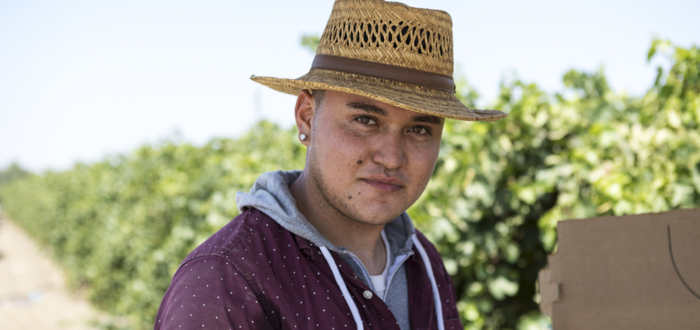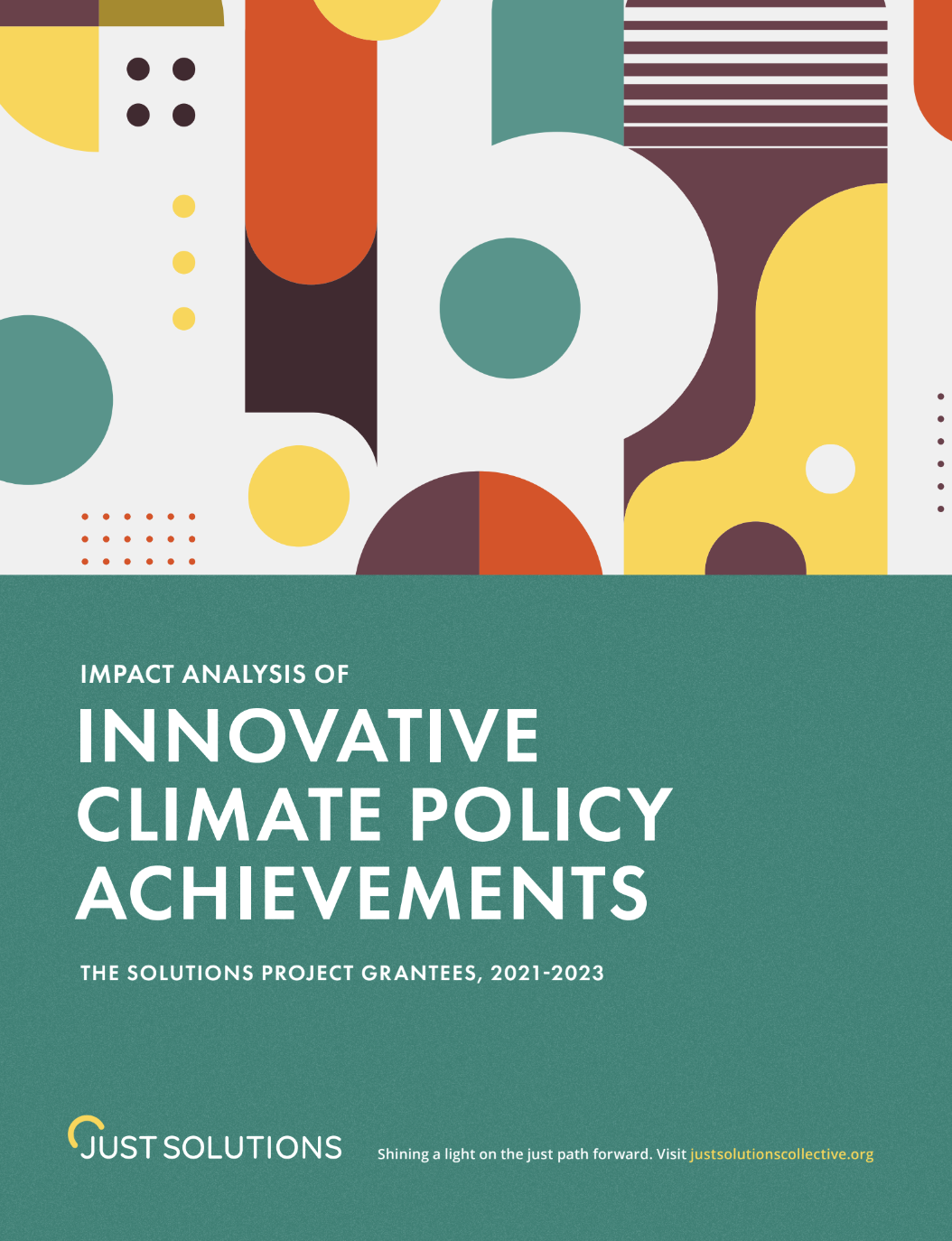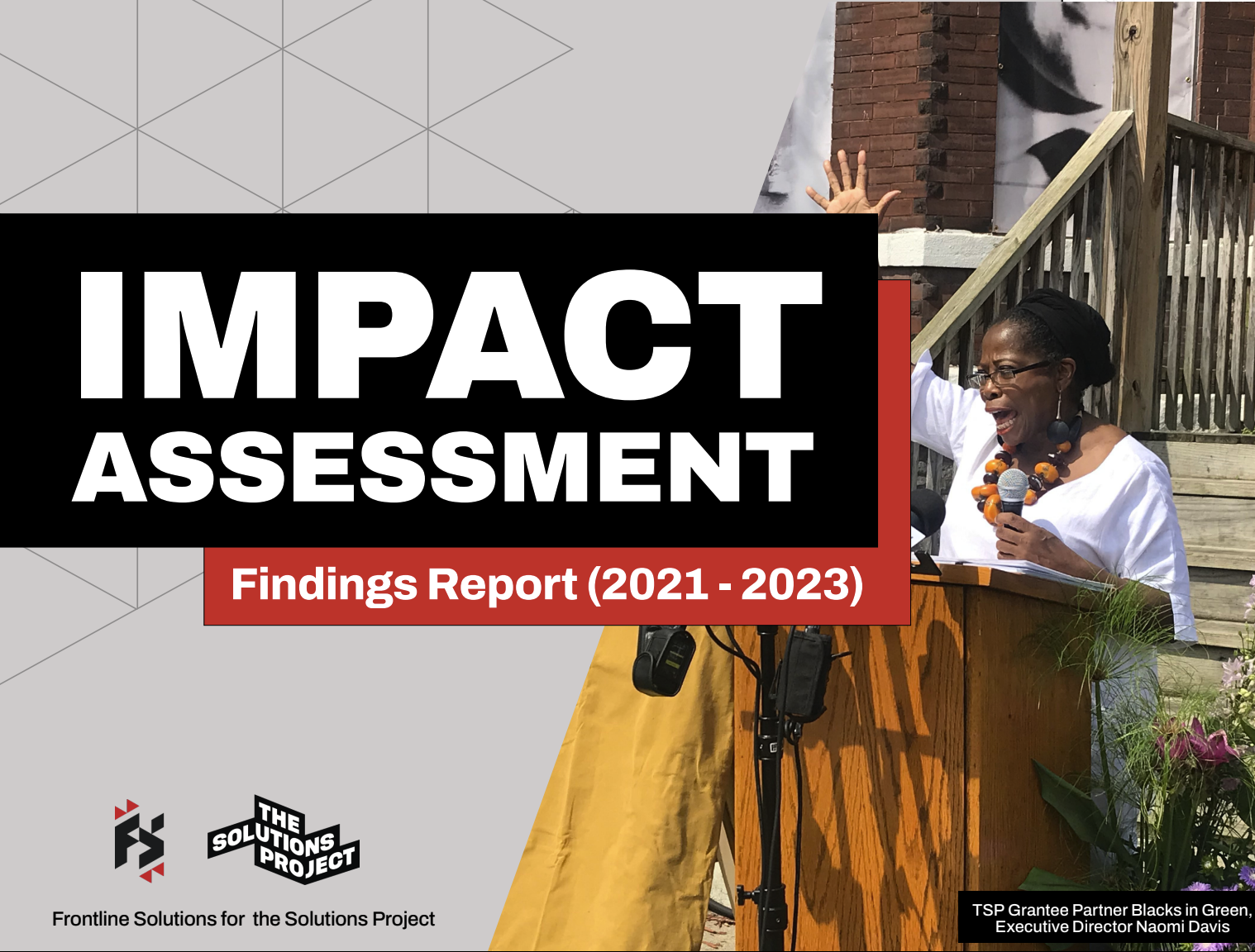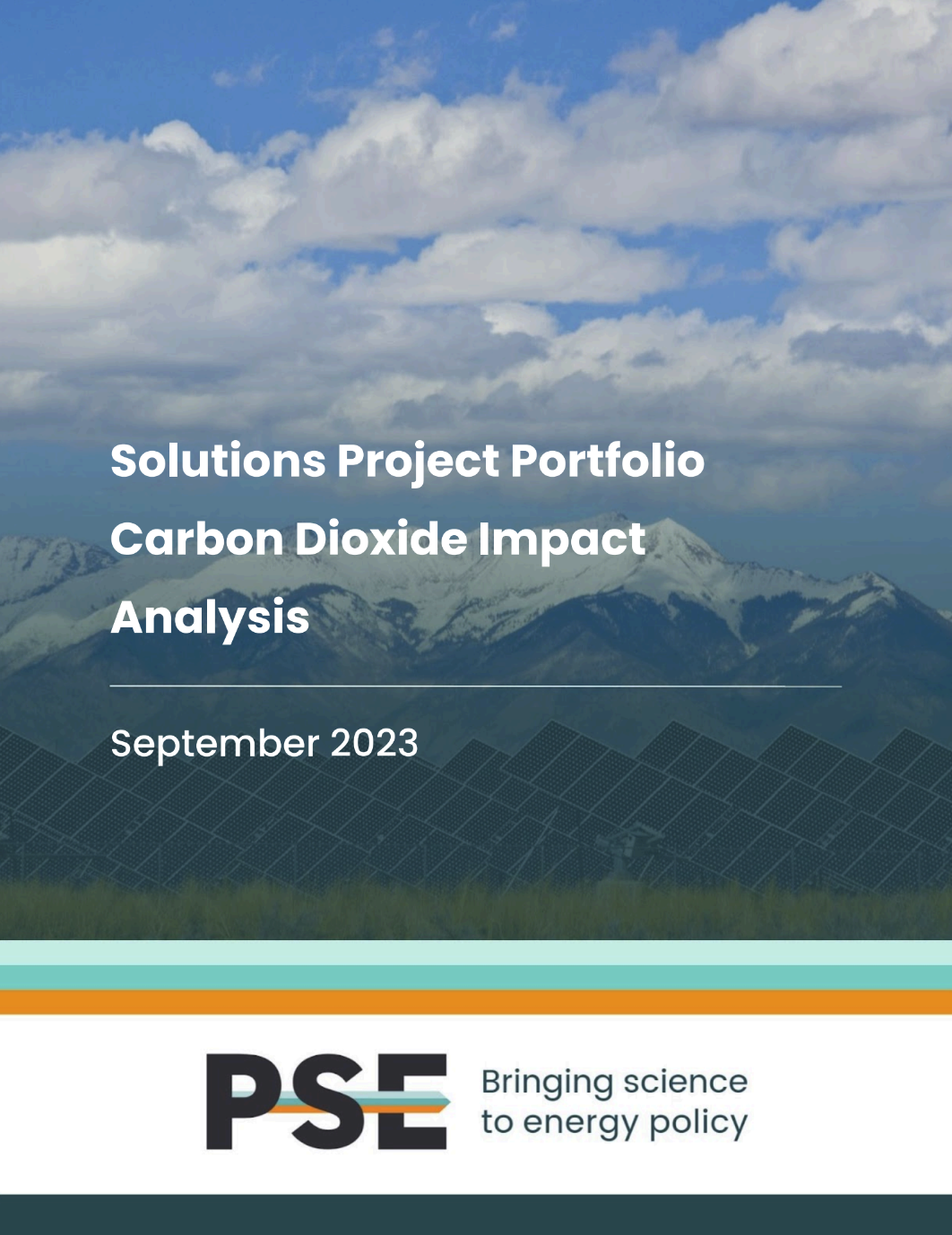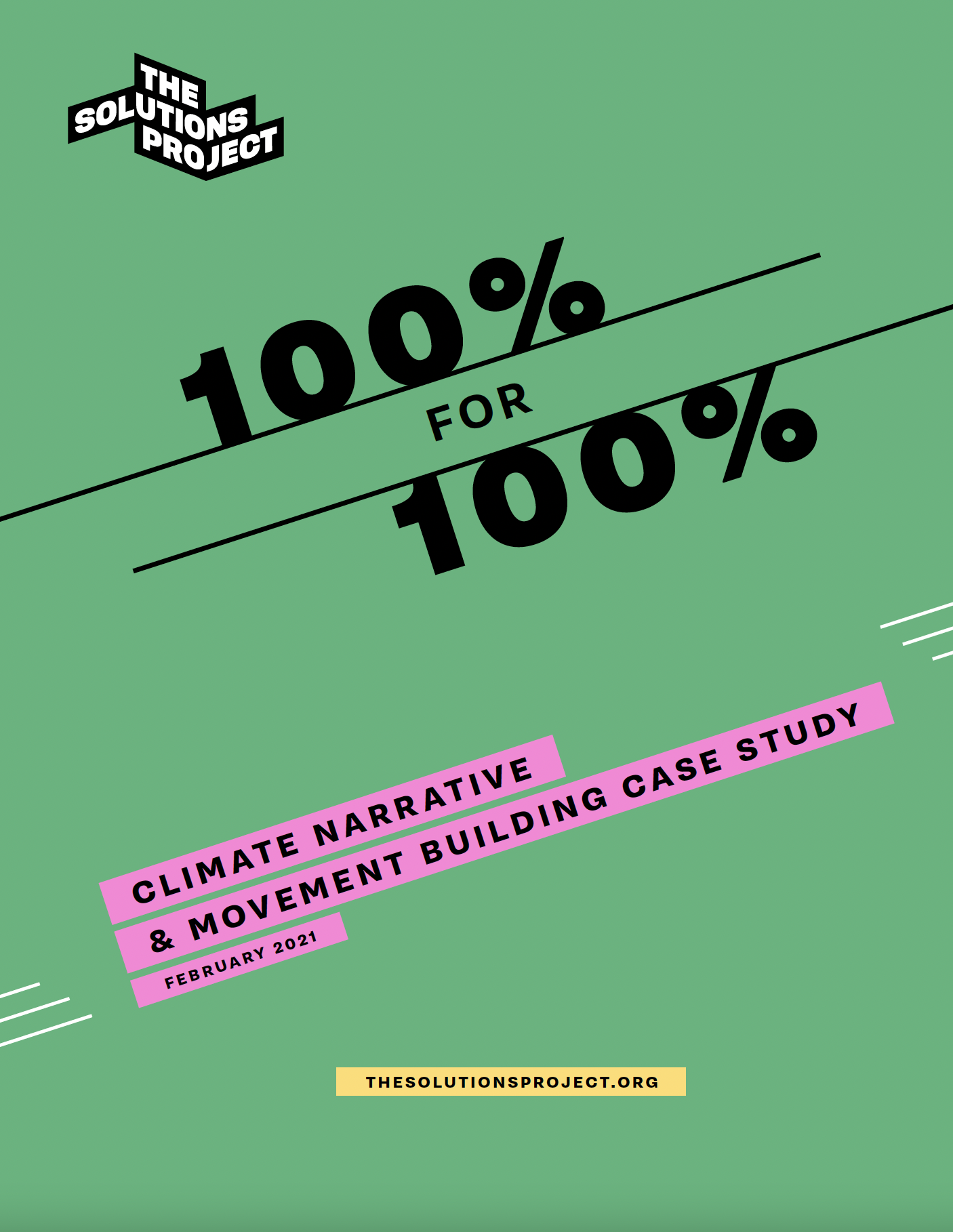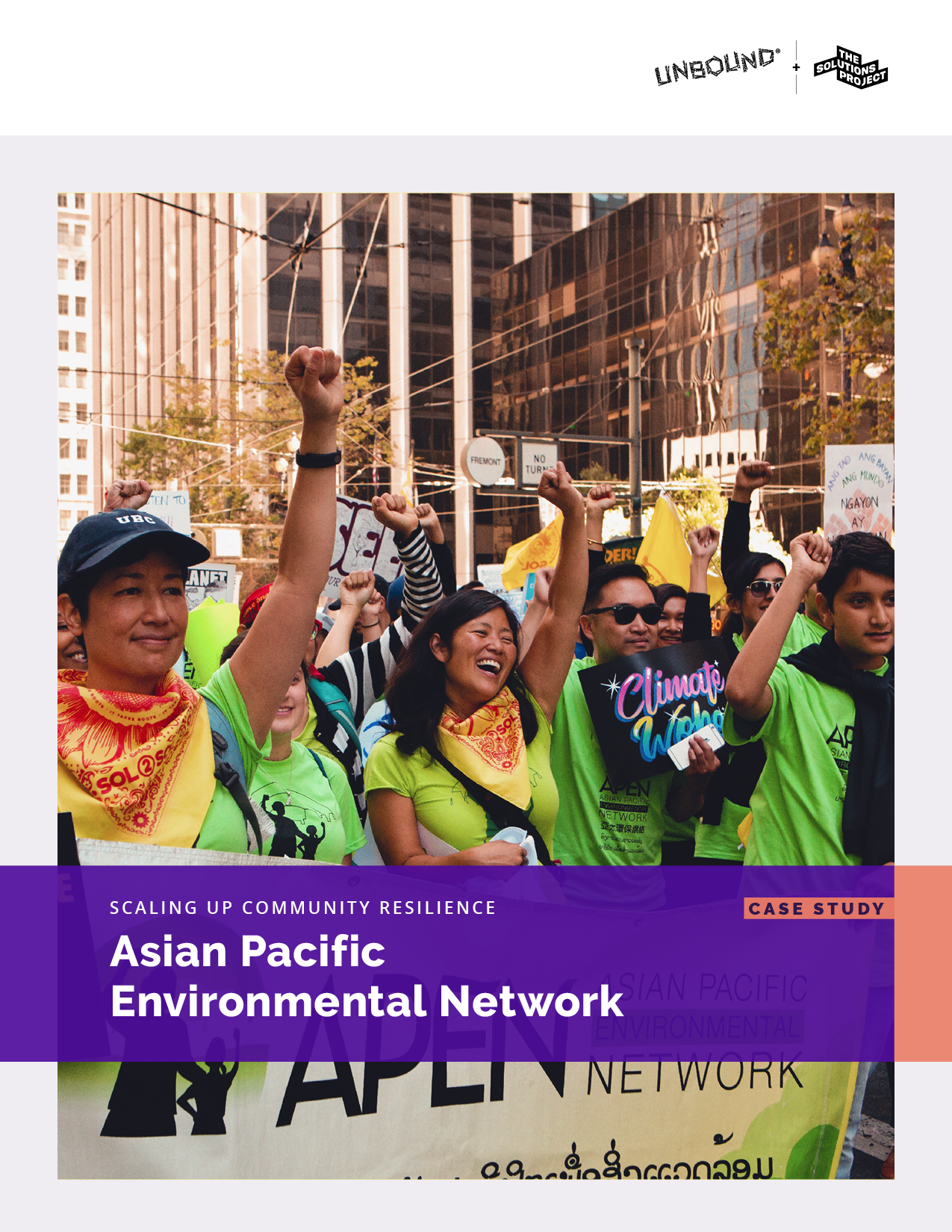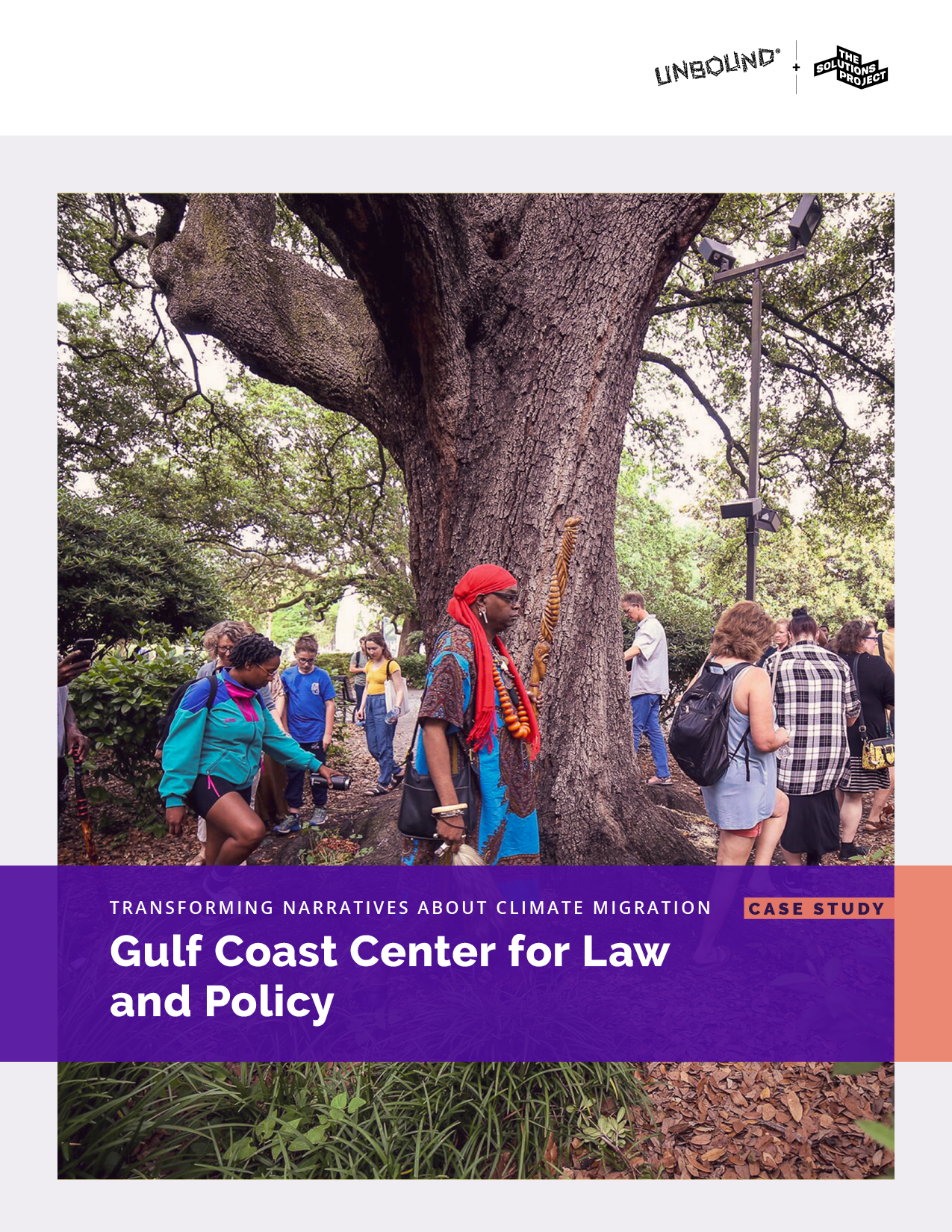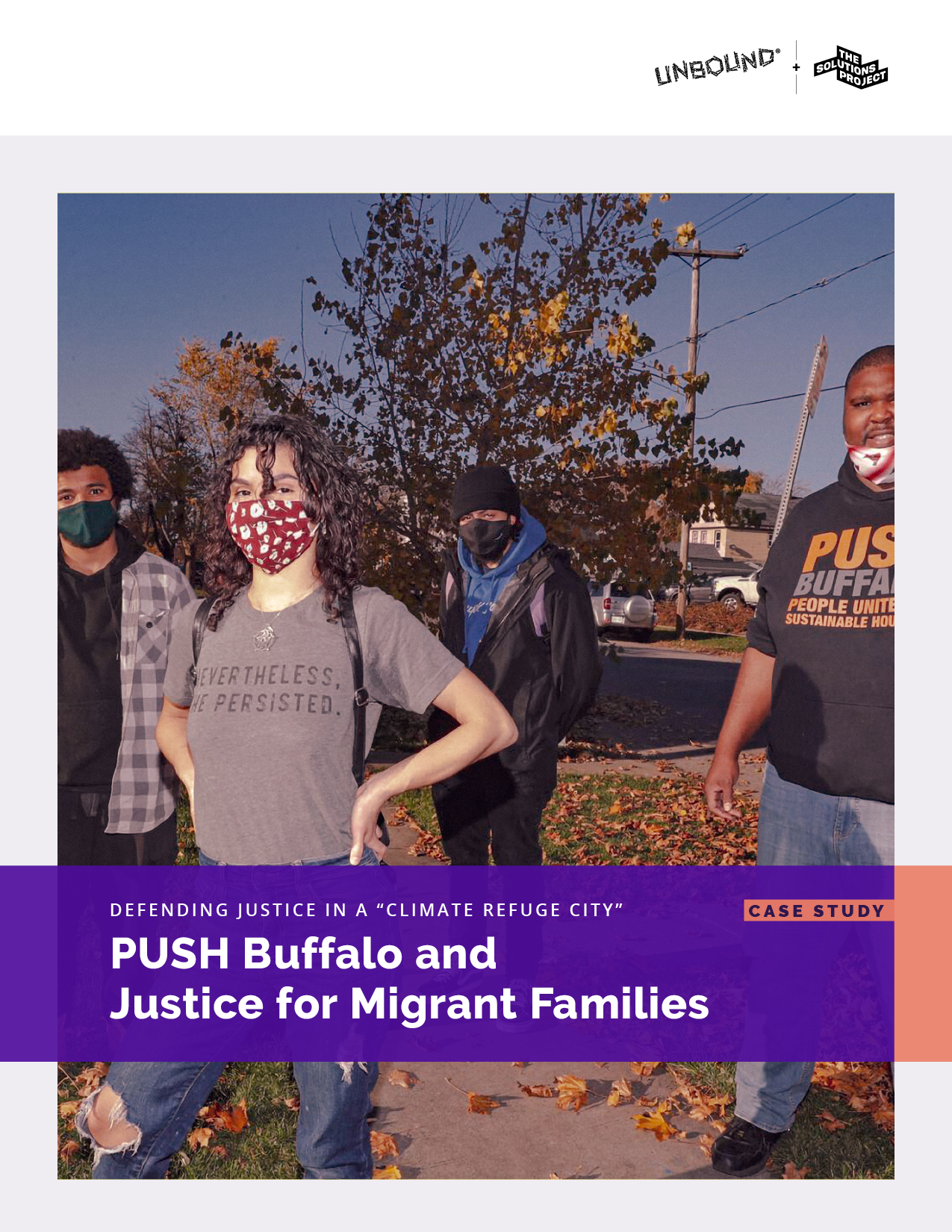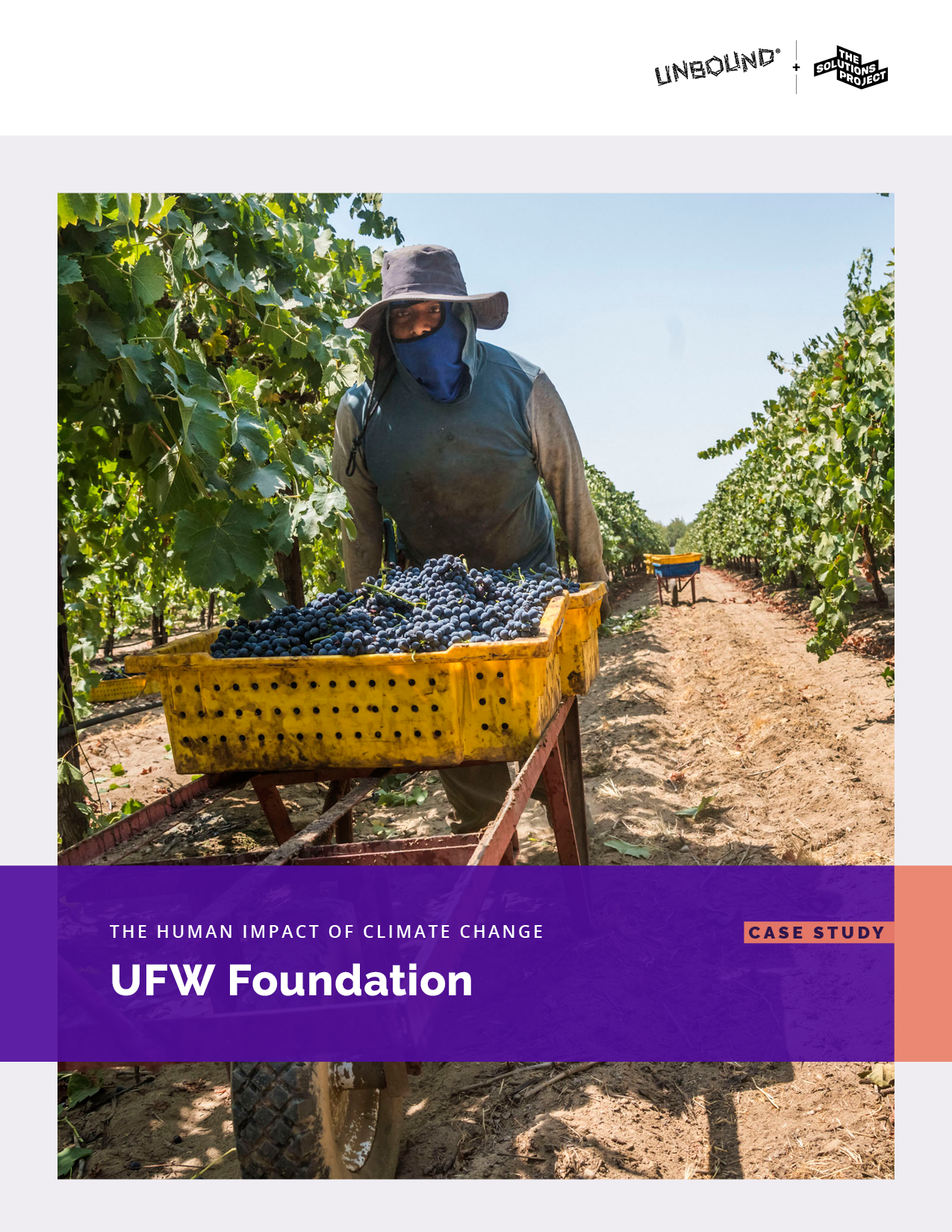Grassroots groups and alliances have been building power, shaping public opinion, and winning policy change in environmental and climate justice for decades. One big reason their success is not well resourced or celebrated is that philanthropy and the media don’t often understand how change happens from the ground-up. Without resources to tell the stories let alone measure the impact of their success, grassroots leadership in some of the climate movement’s greatest victories is too often dismissed. This collection of impact research and case studies provides a closer look at how frontline organizations are uniquely positioned and highly effective at implementing their ideas to create the future we all want.

